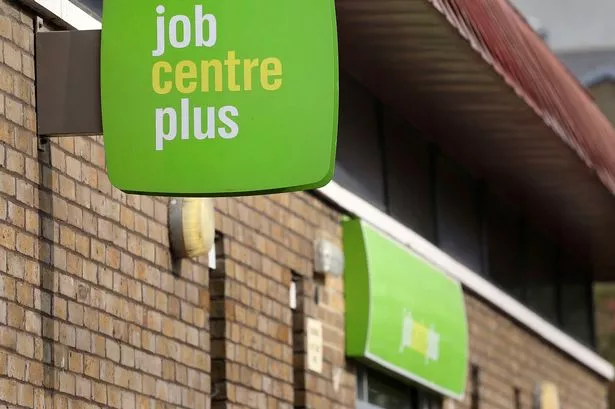The rate of UK unemployment increased to 4.5% in the three months to March, from 4.4% in the three months to February, the Office for National Statistics has said
There were 761,000 job vacancies in February to April 2025, down 42,000 on the quarter, with the biggest fall coming from construction
The revised estimate of employees on the payroll in March 2025 was down 47,000 on the month. The provisional estimate for April 2025 was down another 33,000.
Meanwhile UK average regular earnings growth decreased to 5.6% in the three months to March and was 2.6% higher after taking Consumer Prices Index inflation into account
“Today’s figures suggest the UK labour market is approaching a crossroads.Headlines indicate employment remains resilient and pay growth continues to be strong, while more of those who have been economically inactive are now looking for work. However, vacancies are continuing their long-term decline, which may make returning to the labour market more challenging.”
says Ben Harrison, Director of the Work Foundation at Lancaster University,
“As the Government aims to grow the employment rate to 80%, there has been a slight uptick in the employment rate to 75% on the year. However, provisional estimates from the ONS indicate the number of payrolled employees may have actually fallen in the first quarter of 2025.
“It does appear that with economic inactivity falling and unemployment rising to 4.5% that some of these people are beginning to search for work. And there are over 200,000 more people in economic inactivity stating they want to work compared to a year ago, making nearly two million in total. While Government reforms and investment in tailored employment support are welcome, looming benefit cuts could have the unintended consequence of making it harder for some disabled people to stay in or access work.
“This could be compounded as the number of jobs advertised has fallen to 761,000, a drop of 40,000 on the quarter – the largest for over a year. This leaves jobseekers facing the most competitive labour market for nearly four years, with a job vacancy for every two jobseekers.
“For those in work, there is continued strong nominal pay growth – now at 5.6%. Official data shows that pay growth is in its longest consecutive period of growth since records began in 2001, with 33 months of pay growth above 5%. There has been particularly strong growth in low paying sectors such as wholesale, retail and hospitality at 7.4% while high paying sectors such as business and finance lag behind on 4.0%.
“However, the drop in vacancies cannot be solely attributed to employer costs rising and there are wider factors at play. For instance, in the retail sector there are 30,000 fewer vacancies than before the pandemic in January to March 2020 but the sector has undergone huge change since that time, including a shift to online shopping and increasing automation in stores.”







